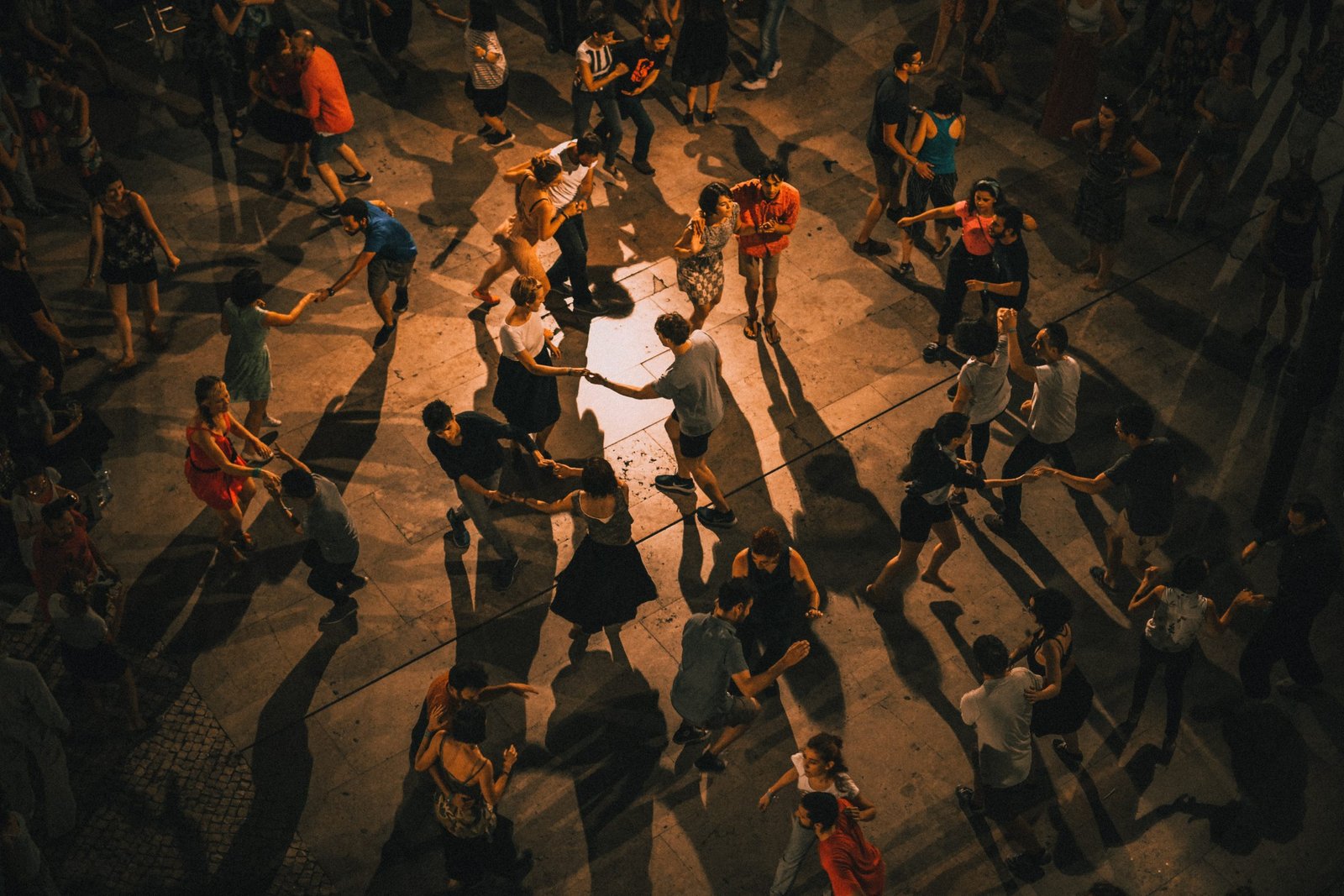The foxtrot is a well-loved dance, charming people for over 100 years. It came to life in the United States in 1914, from the exciting world of Black American nightclubs. From there, it was introduced to mainstream dance by the talented ballroom pair, Vernon and Irene Castle.
We can guess the foxtrot got its name from Harry Fox, a showman. In 1914, at the New York Theatre, Fox moved quickly across the stage, creating a sensation. His sharp moves to ragtime tunes created what we now know as the “Fox’s trot”.
Through the years, the foxtrot has changed, inspiring other dances along the way. The original quick moves are now smooth, steady steps, easier for dancers to keep up. The lively rhythm of the foxtrot also gave rise to the quickstep. This dance blends elements of the foxtrot and the Charleston.
The exact naming of the foxtrot still leaves us guessing. Some think it could be from African American dancers who Vernon Castle saw performing it for 15 years in a well-known club. Others believe it was named after Harry Fox, who made the dance famous.
No matter the name’s source, the dance grew in favor once Vernon and Irene Castle showcased their elegance and skill. Their touch made the foxtrot a classic in ballroom dancing.
The foxtrot was born to the vibrant beats of ragtime music. From the late 1910s to the 1940s, it was the top fast dance. The foxtrot surpassed the waltz and tango in popularity and was still danced during the Lindy hop’s heyday in the 1940s.
As rock and roll surfaced in the early 1950s, music companies pondered the suitable dance style for it. Intriguingly, Decca Records initially flagged its rock and roll singles as foxtrots, like the legendary “Rock Around the Clock” by Bill Haley and His Comets. This record shifted over 25 million copies, confirming its rank as one of the most successful “foxtrots” ever.
These days, the foxtrot is frequently danced to big band music, used in swing dances as well. With time, the foxtrot has evolved into slow and fast versions, named the foxtrot and the quickstep. The International or English foxtrot style, along with the American continuity style, focus on a slow-quick-quick beat at varying speeds. The social American style uses a slow-slow-quick-quick beat at a marginally brisker pace.
The foxtrot’s extensive history and persistent popularity render it a globally cherished dance. Its elegant steps and adaptability continue to fascinate dancers and viewers alike, guaranteeing its enduring status in the dance realm.





